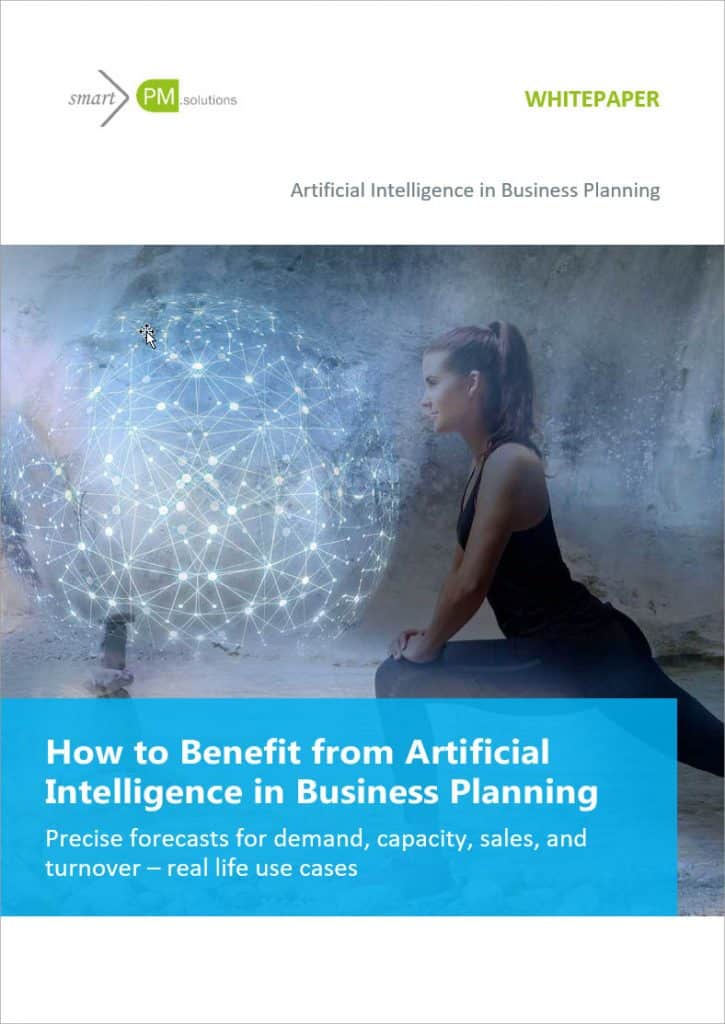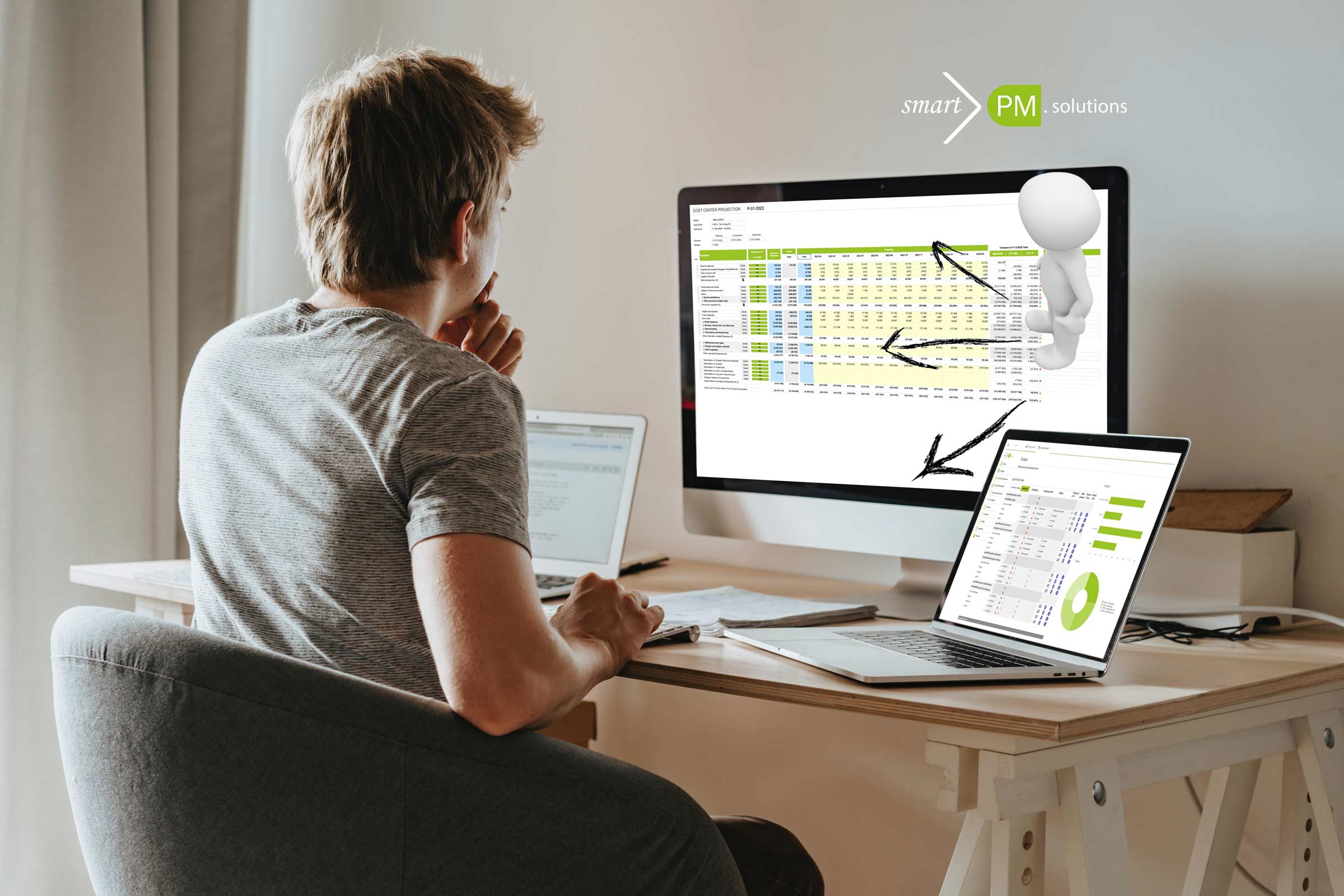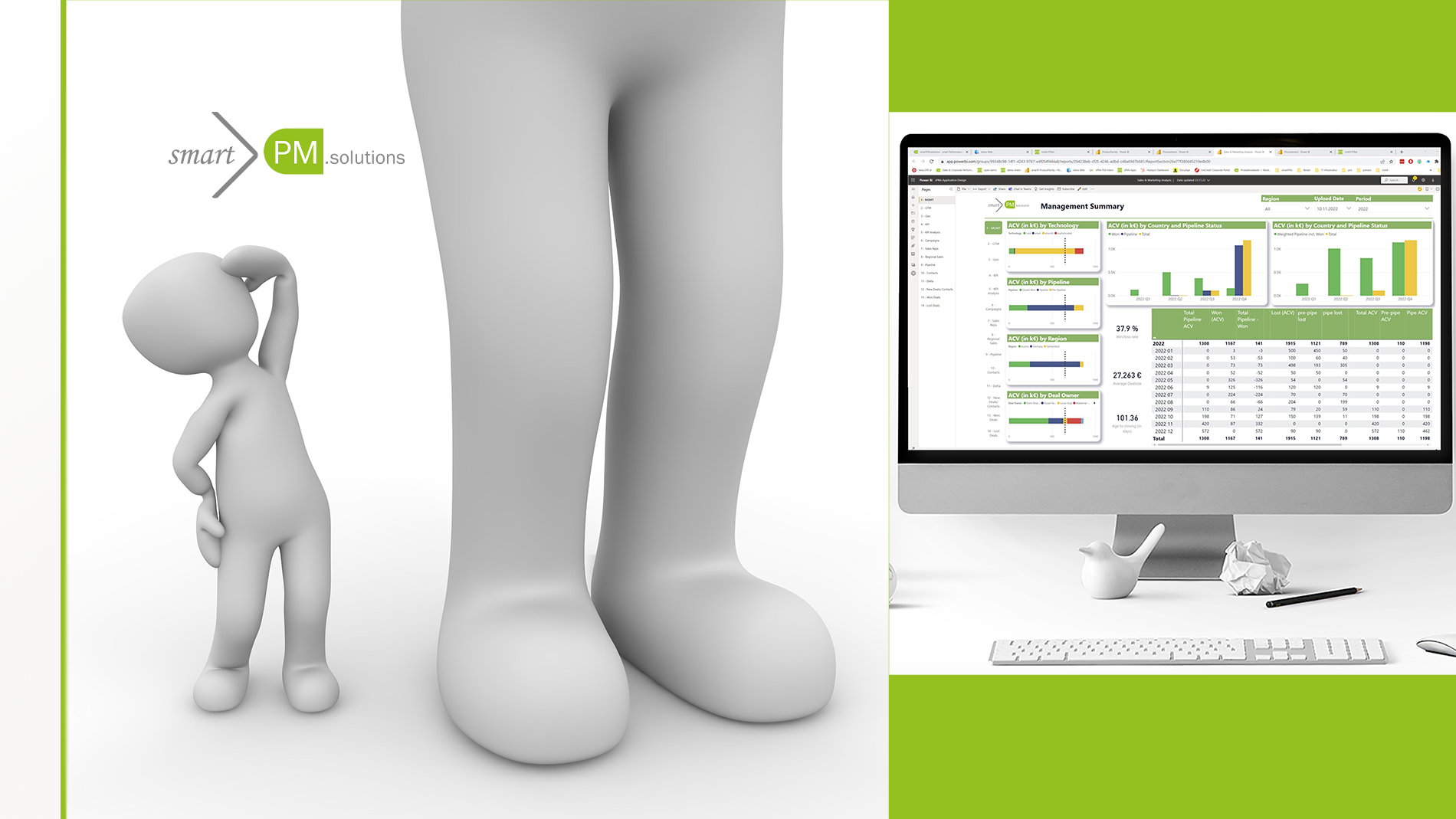Potential of Machine Learning/Artificial Intelligence in FP&A
The digitization in the controlling area is advancing and the key questions of CFOs and CEOs are changing. Often, for example, ERP systems have already been modernized and optimized and there is an understanding of digital transformation. Now questions like “In which order should I digitize?” Or “What advantages do AI-based data analysis processes really bring?” are dominating the discussions. In current specialist articles (e.g. Pfeiffer 2020 *) it becomes clear that the potential of Machine Learning (ML) / Artificial Intelligence (AI) is still greatly underestimated by specialist users and managers. There is also a lot of uncertainty as to whether the potential of this technology can be quickly harnessed for the company goals. In addition, for many it is questionable whether the necessary human resources and knowledge are available in the company.
Is it necessary that specialist departments also have advanced knowledge of statistics / mathematics and programming skills in R or Python in order to be able to use the advantages of AI?
At least in the controlling area, specialist knowledge of machine learning algorithms is not a prerequisite for their application. Modern controlling software works here with preset and optimized parameter settings and recommendation systems. For example, the forecast is carried out and displayed using various statistical forecasting methods. The best forecast variant is then proposed based on the mean percentage error (see Figure 1). Flexible standardization is the magic word – this is how parameters are optimized, but always allow changes by expert users or for special applications.
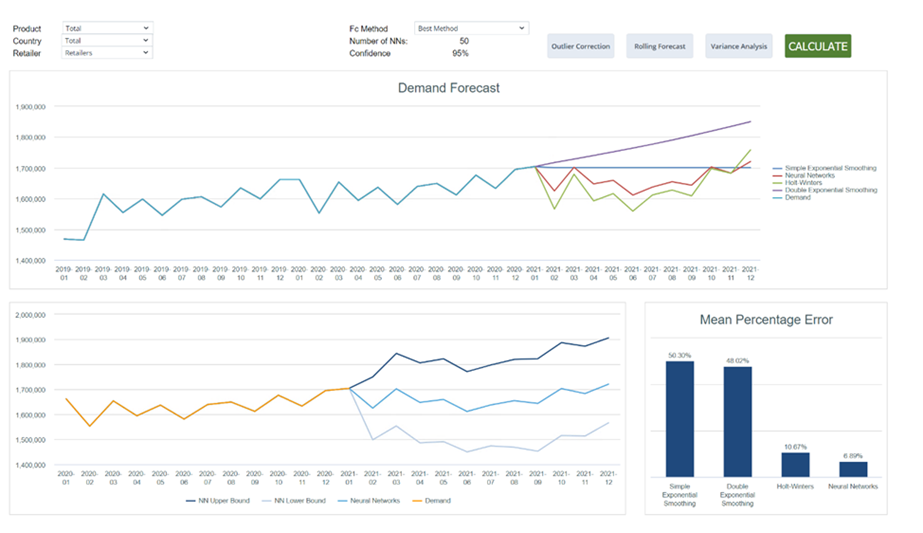
Decision-makers in controlling often have large amounts of data. This is good for in-depth analyzes, but it requires a full overview, especially with complex models and many external and internal influencing factors. This shows the superiority of the self-learning algorithm. Therefore, you do not necessarily need machine learning skills, but you do need openness and willingness to use it.
One less problem - there is no IT interface
Many companies hesitate to expand or replace existing systems by creating new IT interfaces. When using existing, integrated interfaces, however, only a very small adaptation of the existing system is required. The intuitive user interface of modern controlling software includes the machine learning application and displays the results graphically in dashboards (see Figure 1).
Access to seamlessly linked, current data also has a positive influence on the forecast quality and accuracy. The often laborious process of decentralized data analysis by the specialist department is no longer necessary, and the decision-making quality of CFOs, CEOs and controlling managers increases. This enables proactive and fact-based action. Connections that would otherwise not have been discovered become visible and can be taken into account. Other – previously considered important – “sham influencing variables” are excluded. The analyzes and forecasts based on high-quality data are reliable and ensure proactive action. In this way, actions can be taken at an early stage if there are deviations from the expected. An early warning system is created and put into place.
Bringing the data into shape and training the artificial brain
No matter what – raw data must be prepared for all analyzes including learning algorithms. This includes the selection of historical periods, the reduction of irrelevant features (reduction of data white noise), the replacement of missing values or the removal of outliers. Ideally, the data is not cleaned up manually, but rather automatically. If the company already has a controlling solution, the data set is analyzed by the data science team and adjusted once. Then the data cleansing takes place automatically and intelligently.
Once the data has been prepared, the data set is randomly divided into test and training data in order to be able to train the learning algorithm. The more data there is, the better the result. The neurons in the so-called neural network then learn, similar to a brain, and optimize the model until no further improvement is possible. Today’s computing power allows immediate results: a problem with several thousand variables can be solved in less than two minutes. Artificial intelligence cannot perform plausibility checks and changes to the basic data in the context of corporate development – this task remains within the competence of the specialist user.
In sales and production planning (see Figure 2) as well as project/program performance management, there are impressive successes in AI applications. As a rule, recurring and easily assessable events can easily be predicted using classic methods, other events such as holidays or sales promotions such as Black Friday are more demanding. This is where neural networks help; the possible applications are diverse.
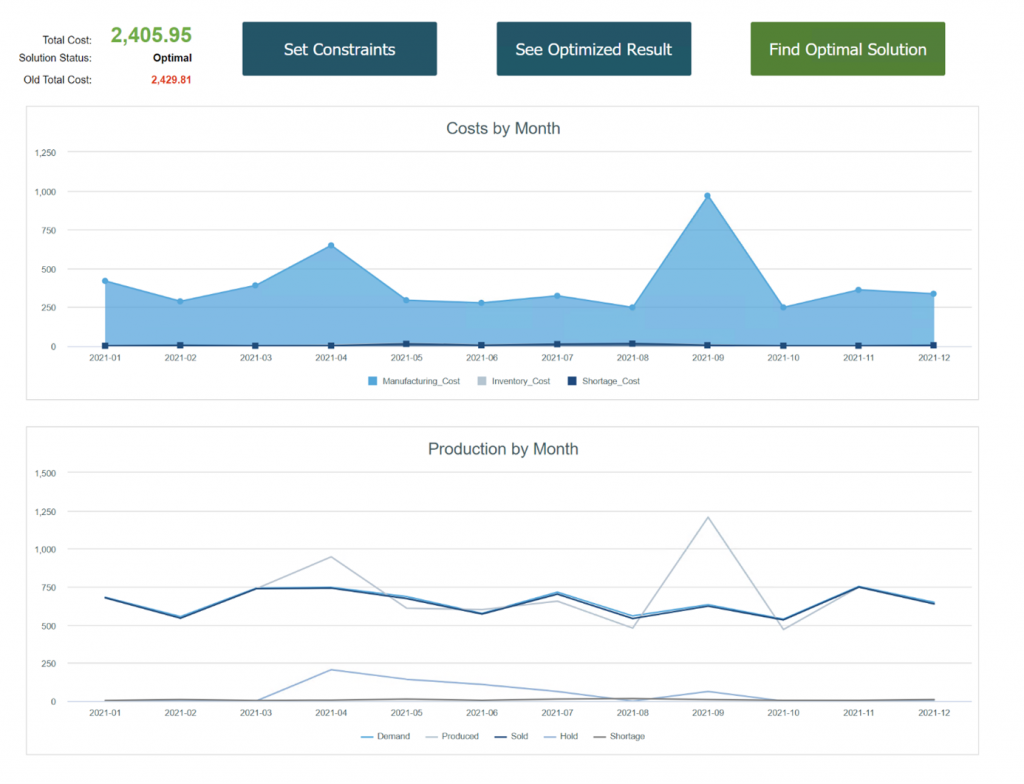
Gain better data quality through machine learning (ML) as a sub-area of artificial intelligence (AI). True to the motto: Why not use the advantages of machine learning for better data insights – at all if these are already integrated in the controlling tool?
Learn more in the new webinar:
More about the Data Governance Week 2.0 program and registration:
*Pfeiffer, S. (2020), Kontext und KI: Zum Potenzial der Beschäftigten für Künstliche Intelligenz und Machine-Learning. HMD 57, 465–479 (2020). https://doi.org/10.1365/s40702-020-00609-8


